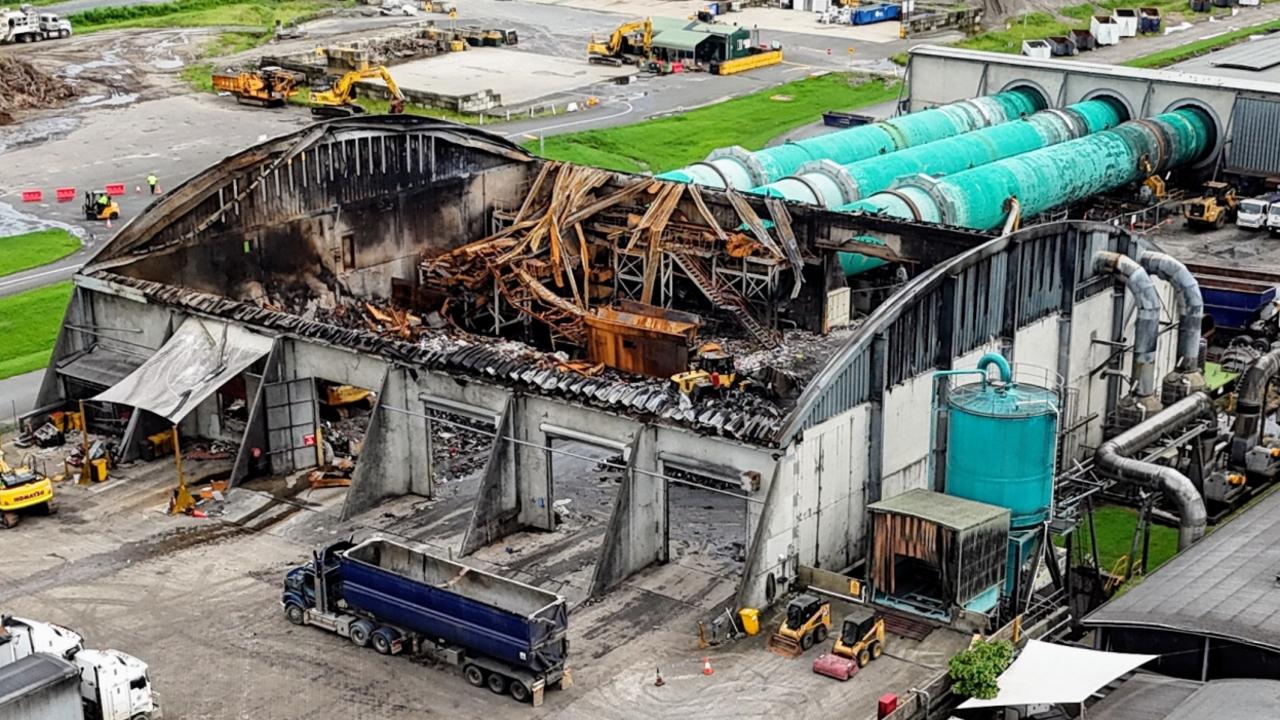Where is taxpayer money going in preventing youth crime, asks ghosted community non-profit
A Cairns youth diversion program that kept hundreds of kids off the streets has been abandoned by the state government despite an independent evaluation backing its success.
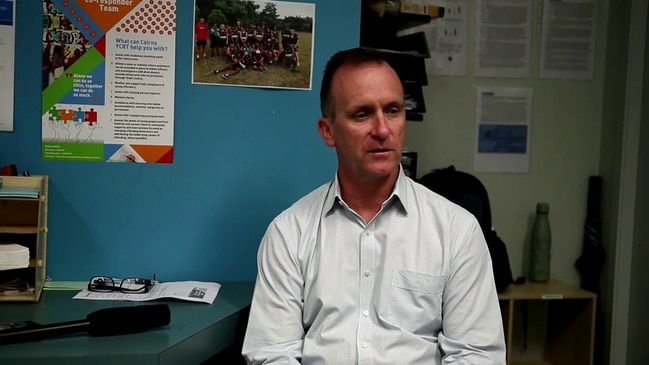
Cairns
Don't miss out on the headlines from Cairns. Followed categories will be added to My News.
A Cairns youth diversion program that kept hundreds of kids off the streets has been abandoned by the state government despite an independent evaluation backing its success.
The Fire Project ran a pilot program from May to October in 2022 after receiving $80,000 in funding from the Queensland Police Service.
In five months, the project’s staff engaged with 1920 children, providing transport to 1341 of them to safe places.
An independent evaluation by James Cook University’s senior research fellow Narayan Gopalkrishnan recommended the program receive funding for a minimum of two additional years.
Project co-ordinator Marc Harbrow said that evaluation formed part of a funding submission to the Department of Youth Justice last month, but he has not yet received a response. He said he also shared it with Cairns MP Michael Healy.
He said such programs, regardless of who runs them, needed funding.
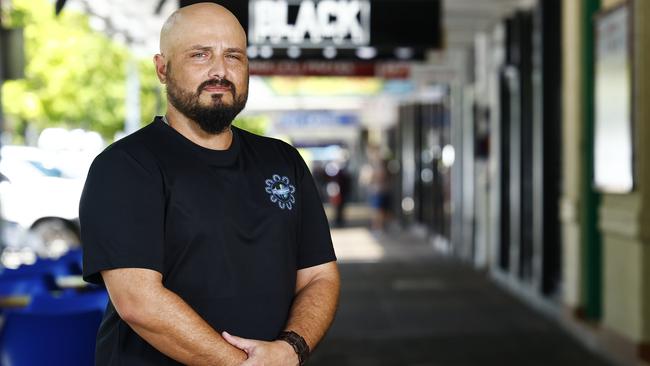
“We needed the project to continue beyond 22 weeks; not for Harbrow, but for the community,” Mr Harbrow said.
“We would need another $250,000 to keep the program running for another 12 months. The additional money would expand the program to stand up diversionary afternoon and night activities in the suburbs from where these kids are coming from.”
The project involves four staff members conducting city night patrols on Thursdays, Fridays and Saturdays in search of youth who may be engaging in activities harmful to themselves or others. The staff would then speak to the children about appropriate behaviour and attempt to divert them to a place of safe supervision and would work closely with police and child safety when doing so.
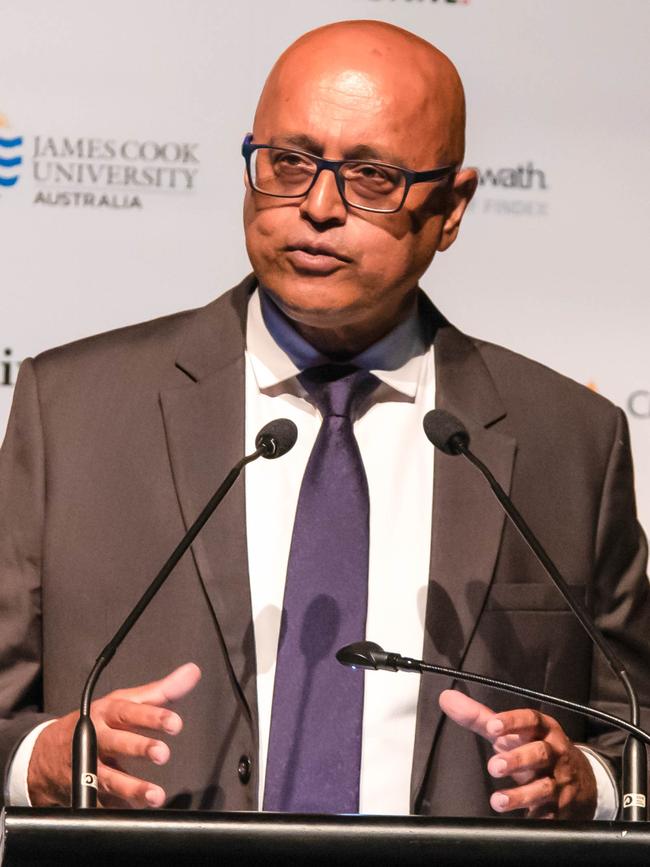
Dr Gopalkrishnan, who walked the streets with the project’s staff, said the initiative demonstrated a lot of promise in ameliorating an often overlooked problem, and he could see the despondency in the children once they learned the project would cease.
“You could see the tearfulness in a couple of the kids. They were sad the program was stopping,” Dr Gopalkrishnan said.
“That in itself is a huge loss – the trust the staff has built with these children through this process.”
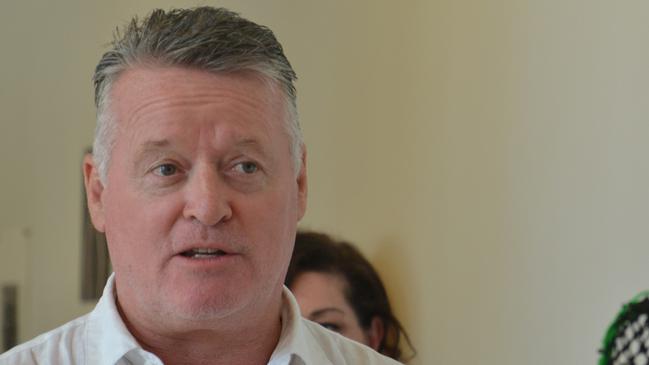
Dr Gopalkrishnan said he observed the Fire Project working with a cohort of disengaged children, whom he described as the “30 per cent”, who were not yet involved in serious crime but were treading that path without effective intervention.
“Those 30 per cent of kids is where the real work needs to be done,” he said.
“The department is emphasising the higher risk kids, the ‘10 per cent’, much more. We need to invest in the 30 per cent before they slip into the 10 per cent.”
Acting chief superintendent Rhys Newton, district officer for the Far North, said QPS saw value in the Fire Project’s delivery.
“It was a great prevention initiative,” Supt Newton.
“To give it life beyond that, we paid for a JCU evaluation to place the project in a sustainable position for greater funding through other grants.”
Cairns MP Michael Healy said he was supportive of the Fire Project.
“There are a wide range of programs being proposed but there is only so much money. I propose and support a large number of those programs. It is up to the minister and the department to decide which are the best ones,” Mr Healy said.
More Coverage
Originally published as Where is taxpayer money going in preventing youth crime, asks ghosted community non-profit




